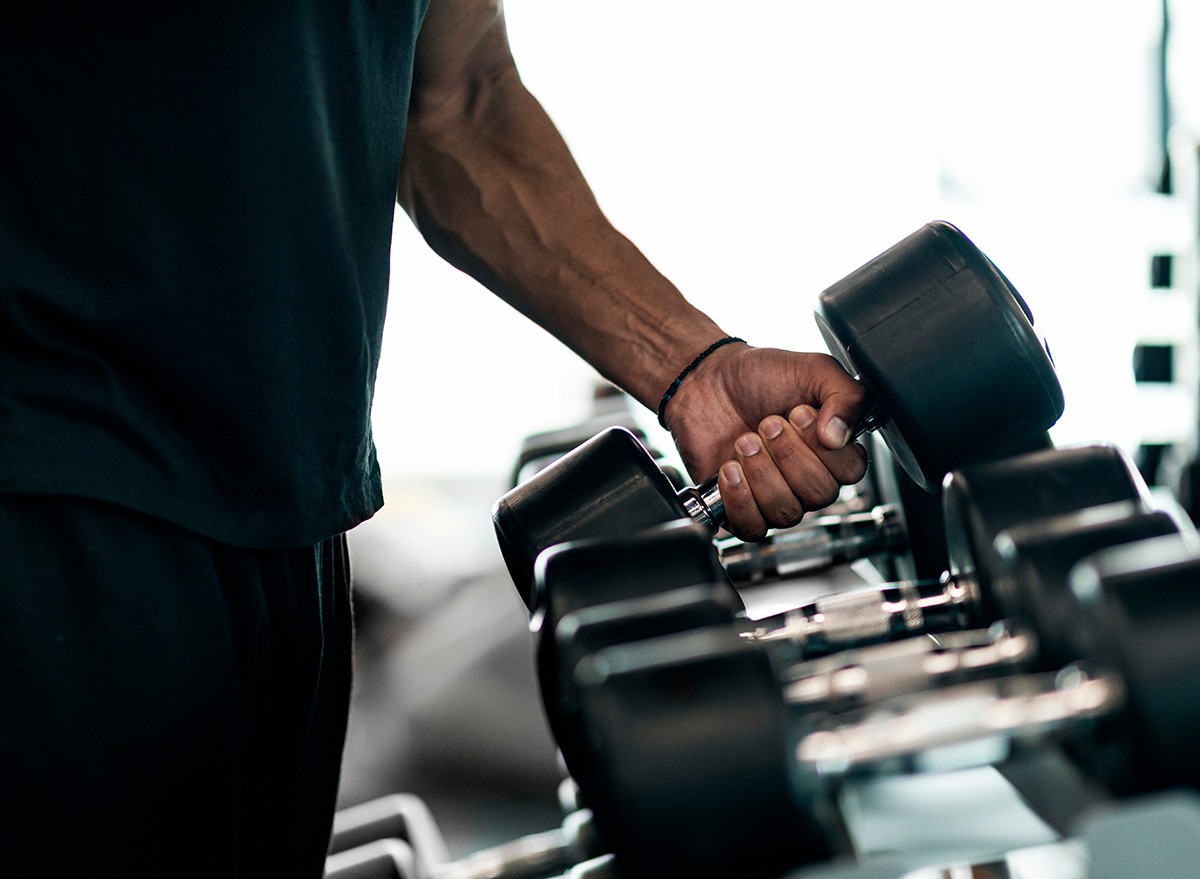The 5 Daily Habits the Strongest People Over 50 Swear By, According to a Trainer

Are you trying to incorporate healthy habits into your life, so you can get stronger and lose weight? According to one expert, there are some everyday habits that the fittest people have in common. Jon Williams is a fat loss expert and fitness trainer who helps men and women lose 20-plus pounds of body fat. In a new post, he reveals the top 5 habits of the "strongest people 50+" in the gym for a week. Here is what he learned from observing them:
They Have Consistent Training Schedules
"I noticed that the strongest people in the gym have a consistent training schedule. They treat their workouts as a non-negotiable part of their day, which helps them build muscle and improve their overall strength over time," he says.
They Lift Weights and Split Days

"I observed that they focus on lifting weights each day," he says. "Doing specific splits: such as lower and core days, or push and pull days. Engaging multiple muscle groups and promoting overall functional fitness." According to the Mayo Clinic, strength and weight training help reduce body fat, preserve and increase lean muscle mass, and burn calories more efficiently. Strength training may also help you:
- Develop strong bones
- Manage your weight
- Enhance your quality of life
- Manage chronic conditions
- Sharpen your thinking skills.
They Pay Attention to Nutrition

"It's clear that they pay attention to their nutrition. They seem to make sure they're eating enough protein, healthy fats, and complex carbs, which supports muscle recovery and gives them the energy they need for intense workouts," he continues. According to clinical trials, consuming more protein than the recommended dietary allowance not only reduces body weight (BW), but also enhances body composition by decreasing fat mass while preserving fat-free mass (FFM) in both low-calorie and standard-calorie diets.
They Have "Strong Mental Resilience"
"I can see that they have strong mental resilience and set clear goals. This mindset helps them push through challenges and stay committed to their fitness journey, even when things get tough. They are very consistent, same time every day," he says.
The Prioritize Recovery
In addition to doing work, they rest. "They also prioritize recovery practices. Whether it's stretching, foam rolling, or getting enough sleep, they understand how crucial it is to recover. Most do saunas and cold plunges," he concludes. And if you enjoyed this article, take advantage of these 20 Superfoods for People Over 50.




